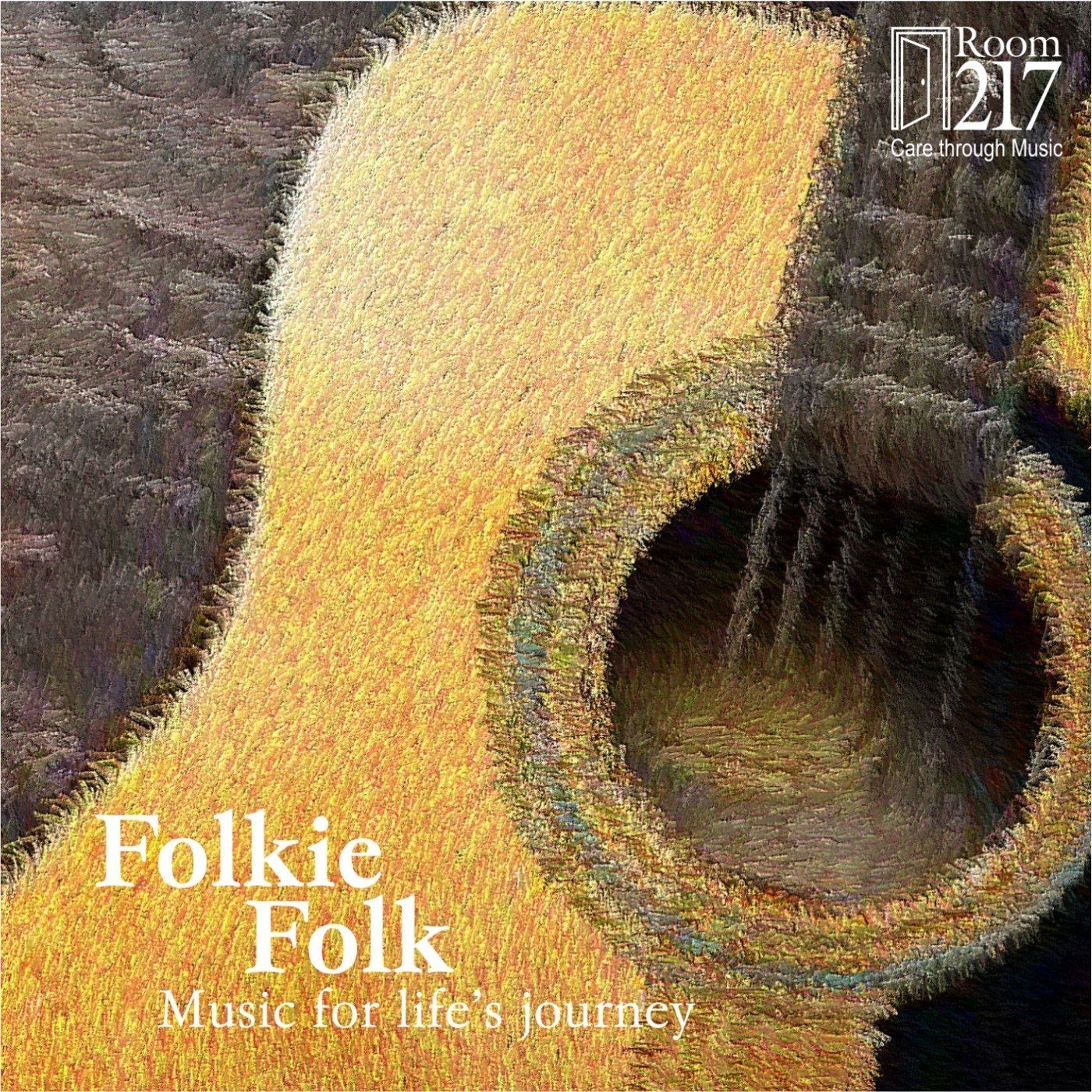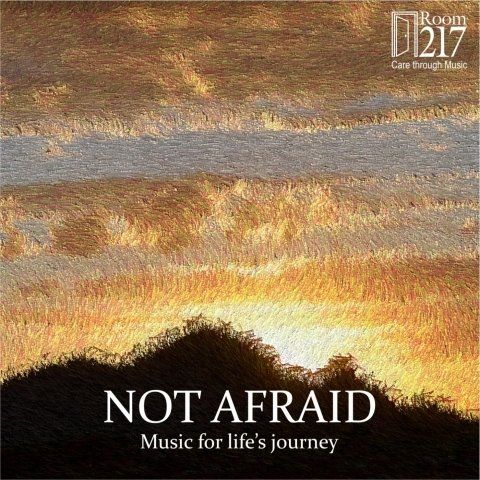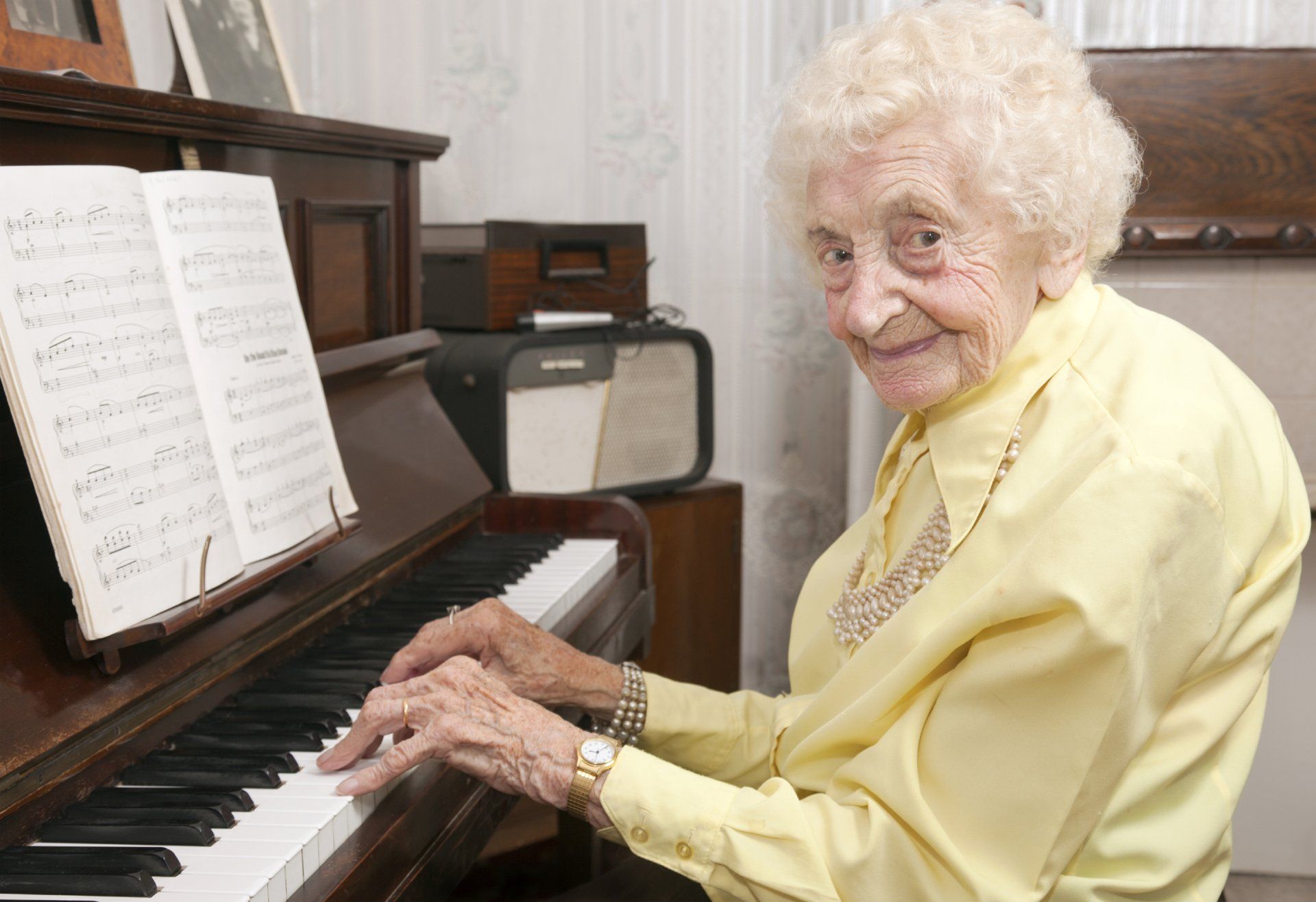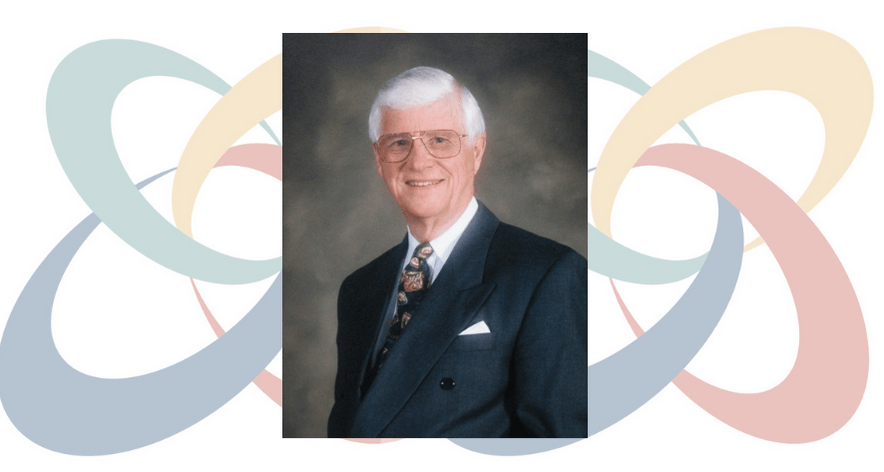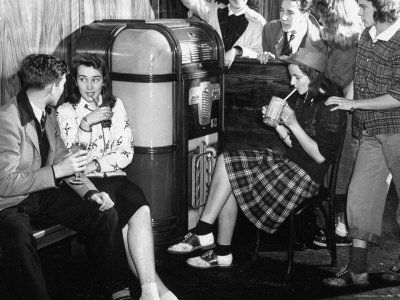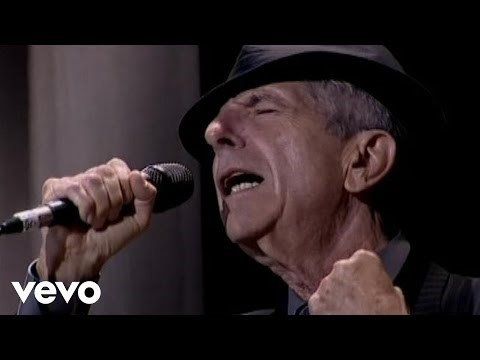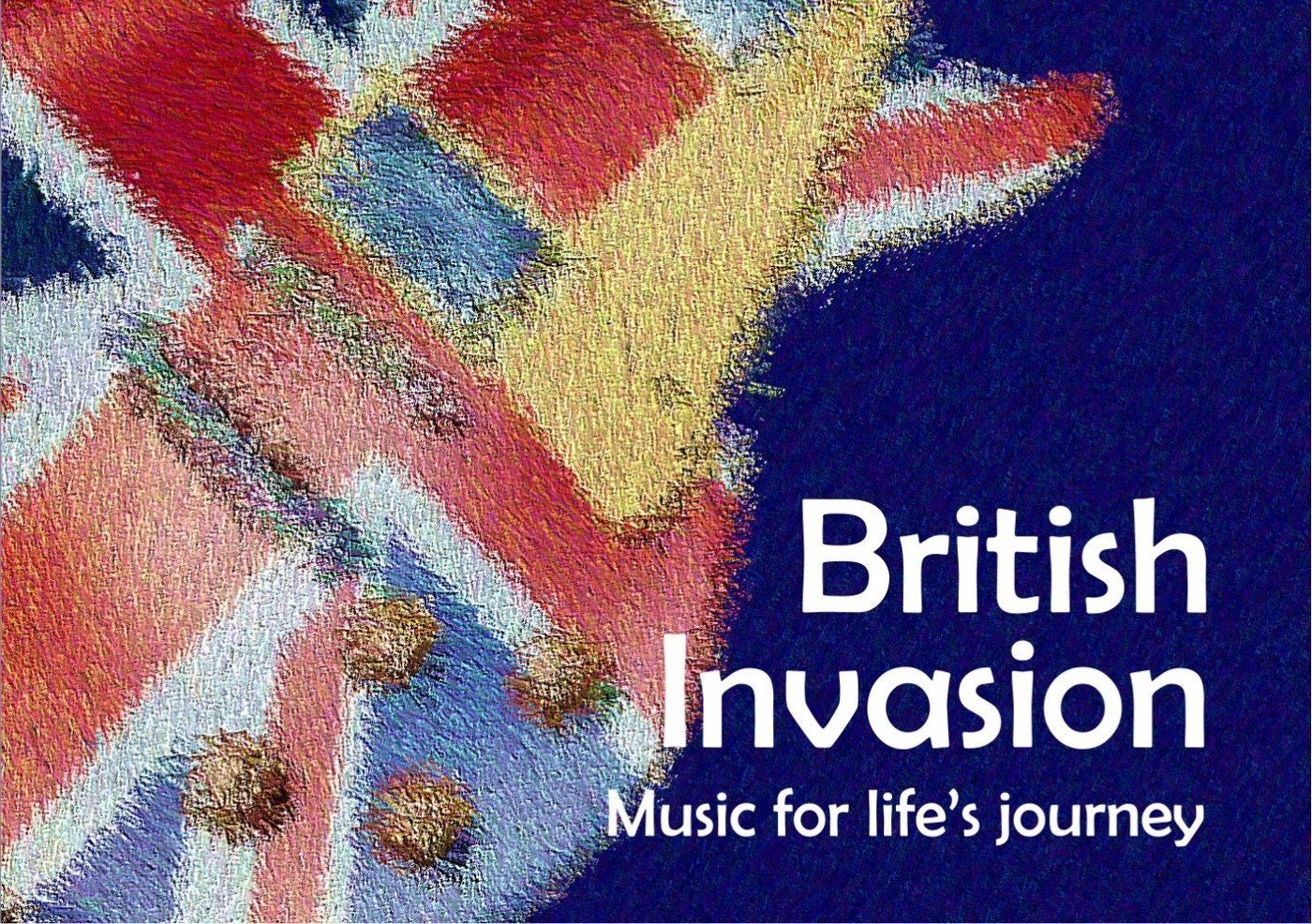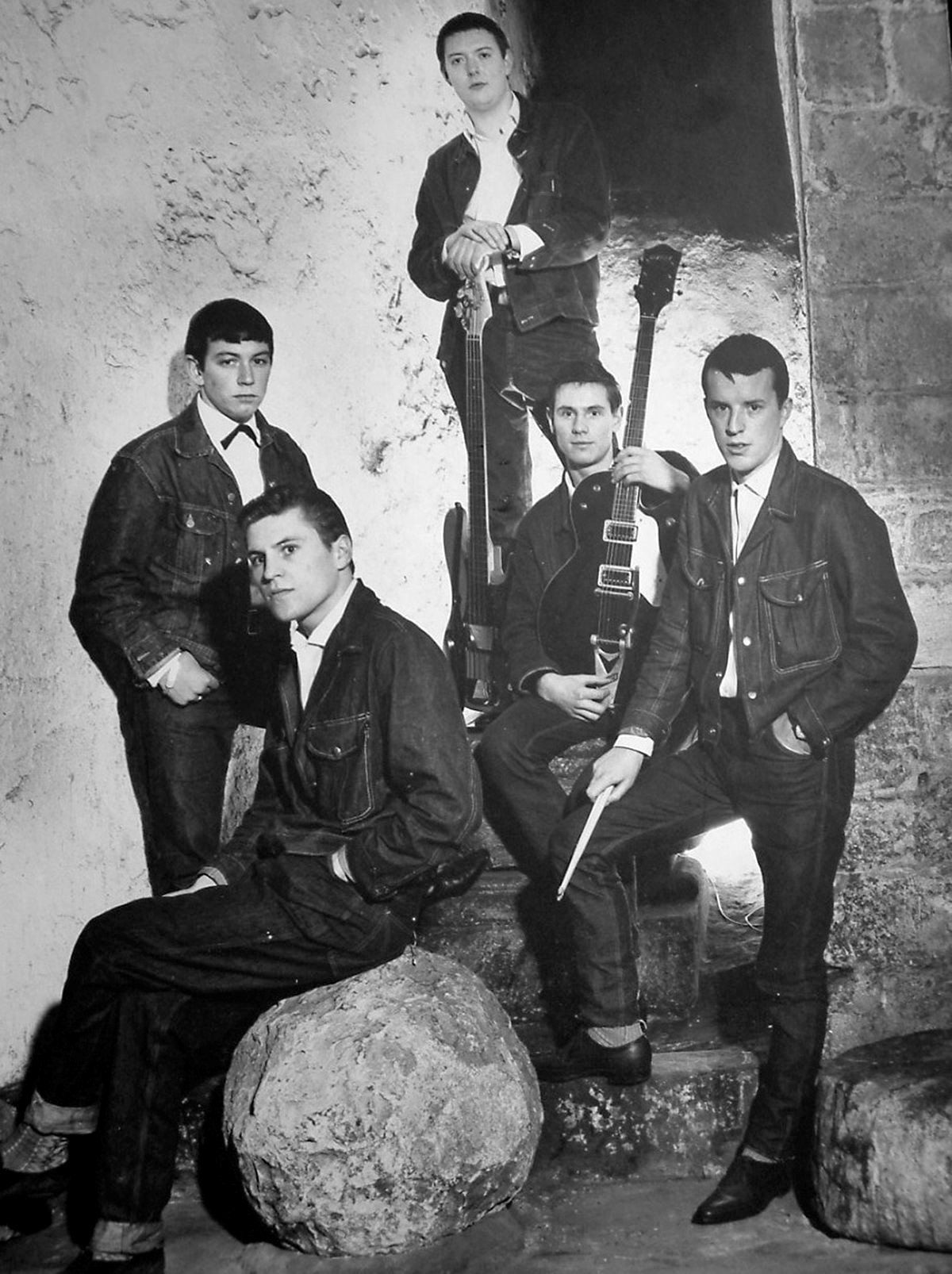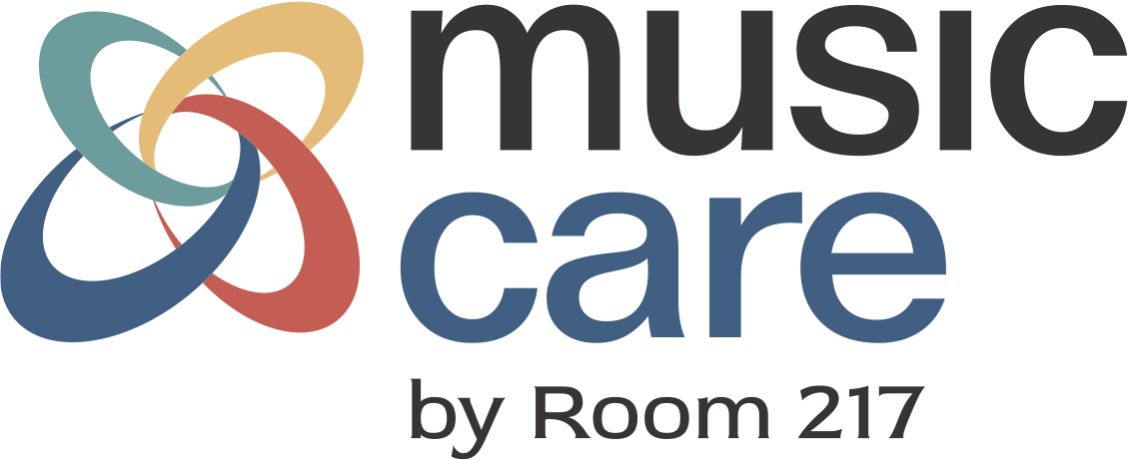1 of 10 Reasons why singing is good for your health
 Singing is a Joy-Generator
Singing is a Joy-Generator
In a recent interview with the Met Opera in New York, opera superstar Joyce DiDonato said:
“If I’m on stage doing this crazy thing called opera, I have to believe 100% in what I’m doing…I have to believe it even more than if I were doing straight acting – the issues at stake have to be so strong that I can’t simply talk about it, I have to sing it.”
In a world where we often have to hold in our most vulnerable impulses, singing can release them. It is an ultimate joy-generator. Biology tells us this - studies show that singing releases endorphins - but so does regular life experience. It is not uncommon, for example, for a group of friends to get up at a karaoke bar, start to singing with reservation, and by the end, be melted with laughter, belting out some free, uninhibited singing. Regardless of whether their karaoke renditions are “accurate,” they sure seem to be experiencing joy.
In my own training as a singer, I’ve often been encouraged to make big circles with my arms when doing a challenging vocal exercise. Throwing our arms in the air, like Maria in the Sound of Music, can not only connect us to the muscles that we need to sing high and fully – it can connect us with the joy that often guides singing. I always encourage my voice students to engage their bodies in big, sometimes silly, expressions of joy, especially when they are venturing outside of their comfort zone with volume or pitch. They might laugh at first, but they invariably sing with more voice than they knew they had.
Though our hearts may “want to sing every song they hear,” we can’t, unfortunately, all walk around all the time singing our feelings, the way they do in opera, or the way Maria does in the Sound of Music. But it’s wonderful to make space for joyful, even silly singing – be it in a choir, in the car, on stage or in the shower. In The Sound of Music, Maria apologizes to the nuns for her singing, explaining that she couldn’t help herself, her joy was too overwhelming. And Joyce Didonato sums it up, when she says about opera:
“Because I love so much, or I hate so much, or I’m so scared, or things are so beautiful and so magical, it has to be sung. That’s how I make sense of going out on stage in this amazing art form and opening my mouth and singing.”
Sarah Pearson is a music therapist working in oncology and palliative care in Kitchener, ON . She is the Program Development Coordinator for the Room 217 Foundation and Lead Facilitator of the Music Care Certificate Program.


